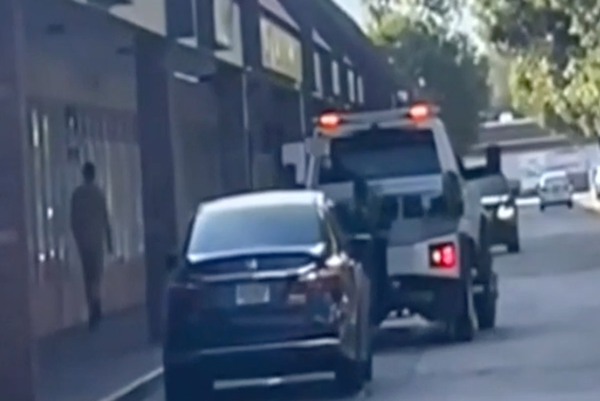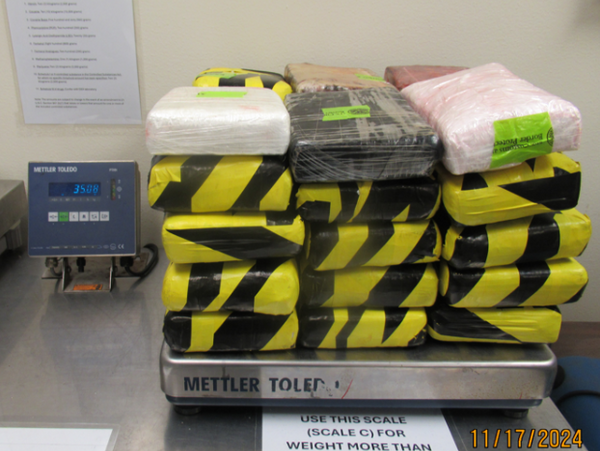
Your child’s playroom may look like a haven of fun, but beneath the bright colors and cheerful toys, there could be safety risks you’ve never considered. While you likely keep sharp objects and choking hazards out of reach, it’s the less obvious issues that can catch even the most cautious parents off guard. Hidden dangers aren’t always labeled clearly, and they often blend in with everyday items you assume are safe. From popular toys to overlooked furniture choices, your child’s play space deserves a second look. Here are eight hidden dangers you might not realize are putting your little one at risk.
1. Tipping Furniture
Many playrooms include toy shelves, dressers, or cube organizers to help keep things tidy. But unsecured furniture can be a serious hazard for toddlers who love to climb. A curious child pulling on a top-heavy piece can cause it to tip forward, resulting in serious injury. Anti-tip brackets or wall anchors are essential for anything tall or unstable. If you haven’t already secured your furniture, now’s the time.
2. Loose Button Batteries
Toys with lights, sounds, or movement often contain small button batteries that pose a major ingestion risk. These batteries are easy to overlook, especially if a toy seems sealed but can be opened by a child’s curious fingers. Swallowing a button battery can cause severe internal burns in under two hours. Always check toys for secure battery compartments and keep spare batteries completely out of reach. If a toy is damaged or old, it’s safest to discard it.
3. Tripping Hazards From Loose Rugs and Cords
The playroom is a place for movement, which makes anything on the floor a potential threat. Loose rugs can slide out from under a running child, and cords from lamps or electronics can easily become a tripping or strangulation hazard. Non-slip pads under rugs and cord organizers help reduce the risk. Pay attention to where things are plugged in and reroute or eliminate unnecessary cables when possible. Even short falls can cause big bumps on little heads.
4. Toxic Art Supplies
Not all crayons, markers, or modeling clays are created equal. Some craft materials, especially imported or off-brand items, may contain unsafe levels of lead or other toxins. Always look for supplies labeled as non-toxic and approved by safety standards such as ASTM D-4236. Curious kids often chew or touch everything, so safe materials are non-negotiable. Check expiration dates too—some older supplies can degrade and become unsafe over time.
5. Mold in Plush Toys
Stuffed animals and plush toys get lots of love—and lots of drool, food spills, and grime. If not cleaned regularly, these cuddly favorites can harbor mold, mildew, and dust mites. This can trigger allergies or respiratory issues without obvious signs. Most plush toys can be machine washed, so rotating them through the laundry is a smart habit. If a toy smells musty or shows signs of damage, it’s time to toss it.
6. Paint and Finishes on Older Furniture
Hand-me-down toy chests, chairs, or tables may carry charm, but they can also carry hidden dangers like lead paint. Furniture made before 1978 is especially suspect. Even chipped or worn finishes can release particles that are harmful when ingested or inhaled. If you’re unsure about an item’s history, it’s safest to either test it or refinish it with a child-safe sealant. A fresh coat of nontoxic paint can turn a hazard into a safe staple.
7. Magnetic Toys with Small Parts
Magnetic building sets and accessories are incredibly popular—and incredibly risky when pieces are small. If more than one magnet is swallowed, it can cause serious damage to the intestines. Even older kids can forget the risks and leave these pieces within reach of siblings. Always follow age recommendations and supervise play closely. If any pieces go missing, assume the worst and seek medical attention immediately.
8. Air Quality from Scented Products
Candles, plug-in air fresheners, or even certain cleaning sprays used in the playroom can release volatile organic compounds (VOCs) into the air. These chemicals can irritate developing lungs or trigger headaches and allergic reactions. The best air is fresh air, so open a window when you can and opt for fragrance-free cleaners. An air purifier with a HEPA filter is a smart investment for high-use spaces like a playroom.
Make Safety a Silent Priority
The most dangerous threats are often the ones you can’t see or don’t expect. By staying informed and doing regular safety sweeps, you can turn your playroom into a space that encourages creativity without compromising your child’s well-being. A few simple changes today can protect your child tomorrow—and that’s peace of mind every parent deserves.
Did any of these hidden dangers surprise you? What safety tips do you use in your playroom? Share your thoughts in the comments!
Read More:
Experts Warn: 4 Car Seat Errors Still Happening (They’re Dangerous)
Nursery Alert: 8 Hidden Dangers Lurking in Your Child’s Room
The post Silent Threat: 8 Hidden Dangers Lurking in Your Playroom appeared first on Everybody Loves Your Money.







